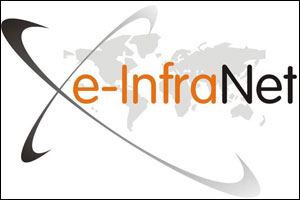
Since 2006 the IT Industry became aware of the environmental impact of their operations. In order of importance these are:
- Climate change due to CO2 that is emitted on energy production
- Waste of electronic equipment
- Exhaustion of supplies of scarce materials
- Disturbance of water supplies.
In 2012 the energy consumption by IT was of the same magnitude as the energy consumption of the aircraft industry and it is expanding every year.
In IT Industry the data centres are the largest consumers of energy. Data centre energy consumption worldwide has doubled since 2000 and by 2020, it is predicted that the Carbon footprint of the EU data centre community will constitute 15-20% of Europe's total CO2 emissions.
The European Code of Conduct on Data Centres gives best practices how the energy efficiency of data centres can be measured and improved.
In 2011 a group of scientists became aware that in the curricula of the European Universities students do not learn about sustainable IT. That's why they formed a consortium and in 2013 they obtained funding from e-Infranet for an introductory course. The goal of the consortium is to expand this introductory course to a full master programme.
Programme
The Introduction to the Programme is made in the form of a Study Guide in which students and teachers can read how to use and study the course and eight chapters with content.
- Chapter 1 discusses why green IT is important.
- Chapter 2 gives the configuration of a data centre and the highlights of energy consumption of these building blocks.
- In chapter 3 the IT Equipment of a data centre is discussed.
- In chapter 4 students learn how the operating system can be adapted to energy efficiency and how server consolidation and virtualisation leads to even more efficiency.
- Chapter 5 discusses what can be measured to control the data centre operations is discussed
- In chapter 6 it is discussed how this is supported by a Data centre infrastructure management system.
- In chapter 7 the legal and regulatory framework is discussed. One of the outcomes of this framework is the EU Code of Conduct on Data Centres, an agreement of all IT-companies to implement best practices in order to operate as energy efficient as possible.
- In chapter 8 the greening by IT is discussed: IT itself can help to make the world and IT in it more sustainable: from sensors to measure to Business intelligence systems to control the efficient use of energy.
The EU Code of Conduct on Data Centres forms the backbone of the course. In the homework students have to follow the EU Code of Conduct procedure to describe the configuration of their data centre, to conduct measurements, to do an assessment and give proposals how to improve their data centre. In these improvements they also have to regard the ROI of the improving measures. The homework can be found in the Study Guide.
Overall learning outcomes
The overall learning outcomes of the course are described as follows:
On completion of this course, students should be able to:
- Understand the place of the data centre in the overall carbon footprint of IT provision
- Select, plan and conduct suitable measurement methods to assess the environmental performance of a data centre
- Make decisions informed by those measurements to modify the behaviour of the data centre to reduce its environmental impact
- Apply relevant national and international standards, policies and recommendations to their place of work.
All the material is under creative commons license, so feel free to use it, on condition that you mention the authors of the material.
The goal of our consortium is to develop a full master programme. The course is aimed at students who are looking to make the transfer from first degree to masters level.
These materials can be used to build a 5 ECTS course. The consortium partners can give advice and deliver guest lectures, please contact them individually or via the information page for more details. Please be informed that this will be subject to the rules of the partners' university relating to 'visiting professor' status.
If you like to co-operate with us, you can use the application form on the page Co-operation.
Partners
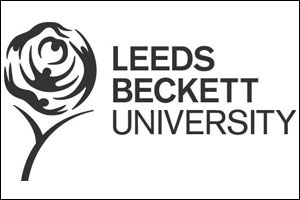
- Colin Pattinson, Leeds Beckett University (United Kingdom)
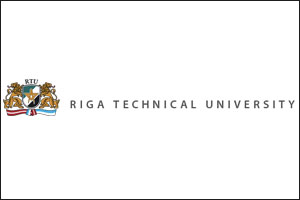
- Ilmars Slaidins, Riga Technical University (Latvia)
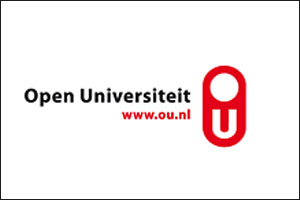
- Anda Counotte, Open Universiteit (The Netherlands)
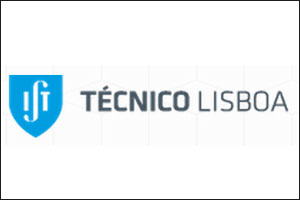
- Paulo Carreira, IST, Universidade de Lisboa (Portugal)
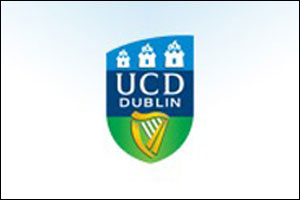
- Damian Dalton, University College Dublin (Ireland)
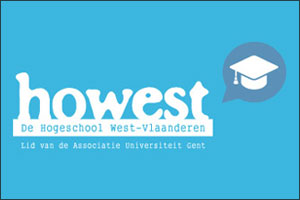
- Johan De Gelas, University College of West Flanders (Belgium)
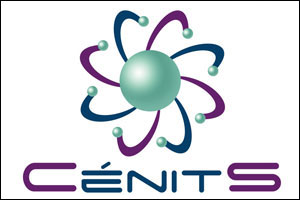
- César Gómez-Martín, CénitS - Supercomputing Center of Extremadura (Spain)
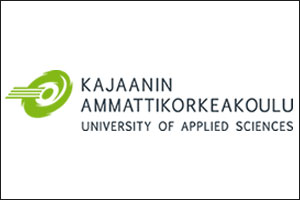
- Joona Tolonen, Kajaani University of Applied Sciences (Finland).
